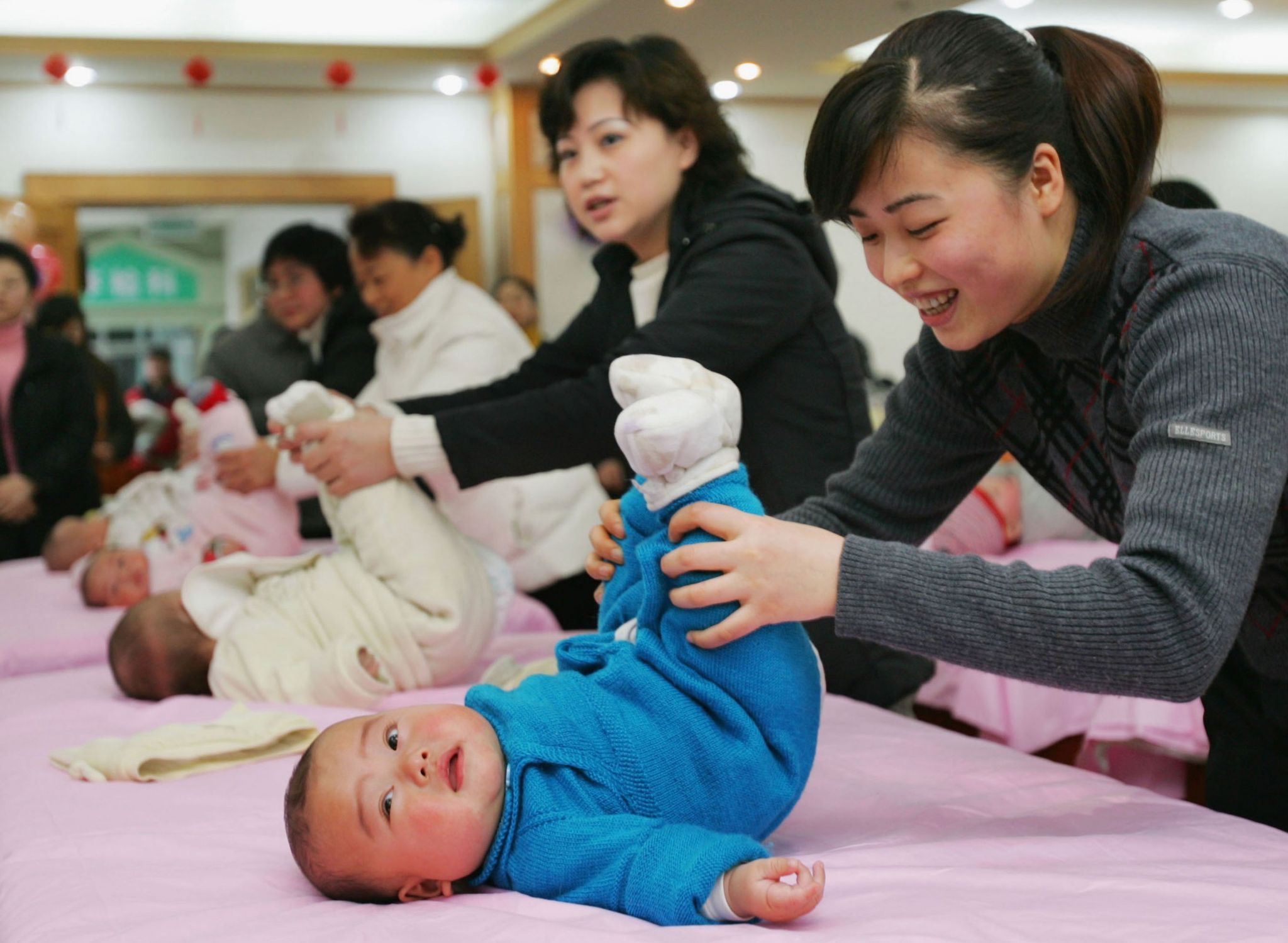China is taking steps to boost its birth rate, which has been falling for years and reached a record low last year.


In an announcement by the country’s National Healthcare Security Administration, the government agency announced that it would extend its coverage to help families pay for fertility treatments. This includes assisted reproductive technology (ART) procedures, such as in vitro fertilization and labor analgesia during childbirth. According to the agency, China’s declining population due to the low birth rates is a significant obstacle to national development and offering these services will hopefully “reduce the burden” of infertility.


Digging Deeper:
The wider effort to encourage people to have children is part of the government’s attempt to address the population crisis. In 2022, China recorded its first population decline in 60 years, with the birth rate reaching a new low of 6.77 births per 1,000 people. Some women are delaying marriage and choosing not to have children due to financial and career considerations. Policymakers are concerned about how this will impact the country’s economy.

Previously, China had a “one child” policy but scrapped it in 2015 amid fears about a rapidly aging population and a shrinking workforce. The policy was replaced with a two-child policy and later expanded to allow three children. The government is also trying to remove challenges with registering the births of children born to unmarried parents, granting them access to benefits like maternity insurance.

In February, the provincial health commission of Sichuan allowed single parents to register their children, giving them access to benefits like prenatal care, childbirth-related medical expenses, and paid maternity leave. According to the government, the hope is that these measures will help alleviate women’s pressures when considering marriage and having children.






